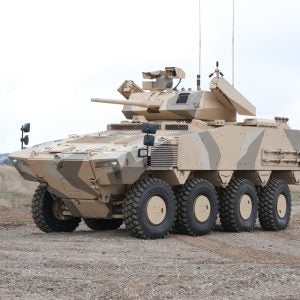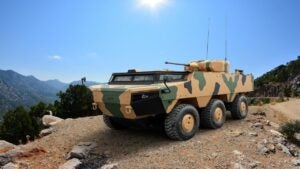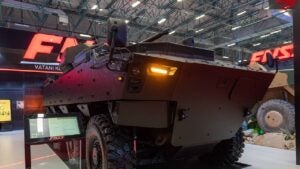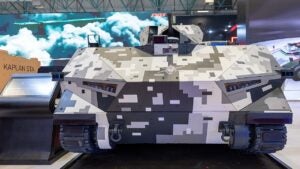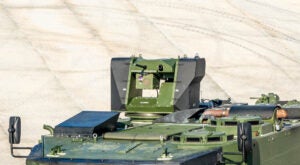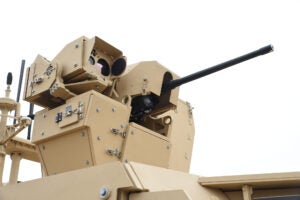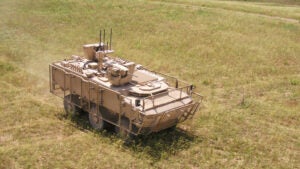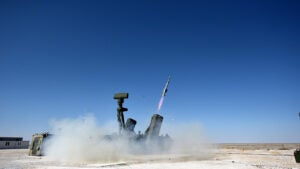PARS 4×4 Anti Tank
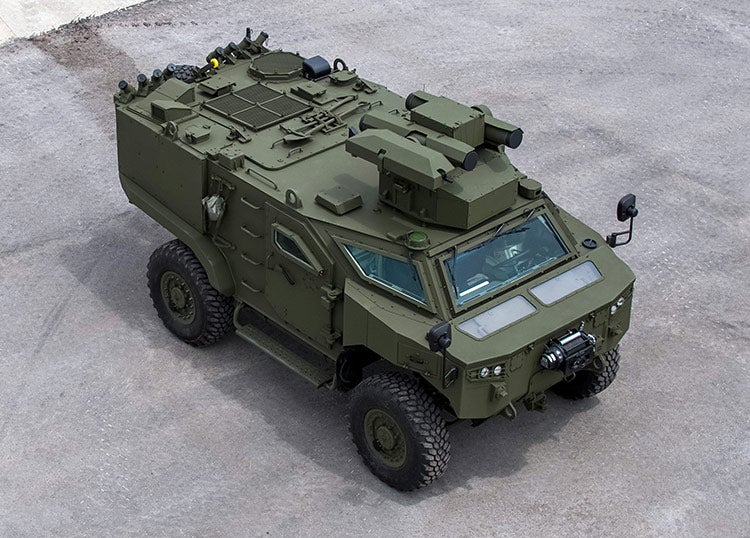
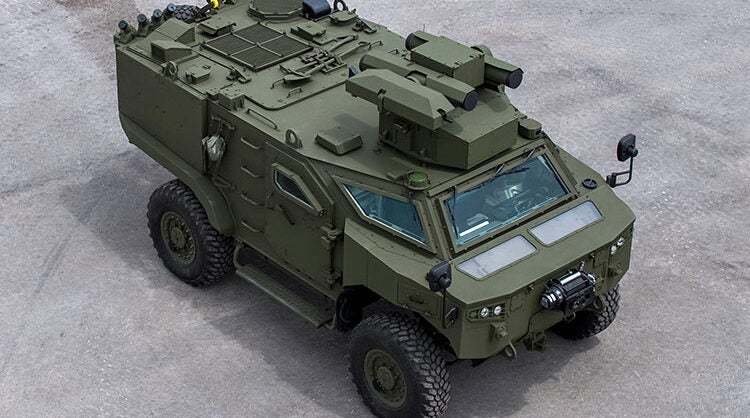
The PARS 4X4 has been designed to undertake special operational roles such as advanced surveillance, antitank and command and control.
The PARS 4X4 has a power-to-weight ratio of 25 Hp/ton, a low silhouette and amphibious capabilities. The vehicle with its crew of 4 can operate in deep and fast flowing water without any preliminary preparation. Two propellers located at the rear provide the vehicle’s enhanced maneuverability in the water.
The PARS 4X4 can operate on any rough terrain with a low center of gravity, fully independent suspension system, ABS-assisted hydraulic disc brakes, low ground pressure and increased angles of approach and departure. The PARS 4X4 can climb vertical slopes of 70%, and can hold on horizontal slopes of 40%. It can also pass over 40 cm vertical obstacles with ease. Thanks to the hydraulic recovery winch, located at the front of the vehicle, it has the ability to provide self-recovery when required.
The mobility of the PARS 4X4 is enhanced by its central tire inflation system, and it also has a run flat capability thanks to its in-tire solid disc system. The PARS 4X4 has a maximum speed of 110 km/h on asphalt and a range of 700 km, as well as an automatic transmission with an axle lock for use on slippery surfaces and soft soil.
The driver’s cabin features a transparent ballistic armor which offers a wide field of view for both the driver and the crew. The PARS 4X4 also provides the driver and the commander with integrated night and day vision cameras that enable operations in night drives with or without using blackout lights. The command and warning panels and the height-adjustable mine-protected seats have been specifically developed for the commander, driver, gunner and dismounts.
The vehicle offers a remarkable load carrying capacity. With its open architecture, and significant design, the vehicle is capable of carrying out various missions.
The PARS 4X4 can be transported using any kind of military transport aircraft including the CH-47 Chinook heavy load helicopter.
In order to reduce operating costs, many parts have been designed to have the same life-expectancy as the vehicle. Thanks to its power pack, which can be removed and installed quickly on the field, the vehicle offers ease of maintenance and logistic support.


